Power inlet box in crawl space
BreakerOff
12 years ago
Related Stories

GREAT HOME PROJECTSPower to the People: Outlets Right Where You Want Them
No more crawling and craning. With outlets in furniture, drawers and cabinets, access to power has never been easier
Full Story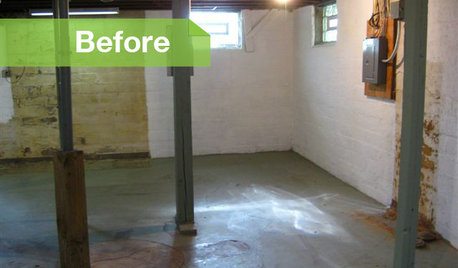
BASEMENTSBasement of the Week: Modern Style Converts an Empty Concrete Box
From raw wasteland to fab living, sleeping and storage space, this snazzy basement now covers all the angles
Full Story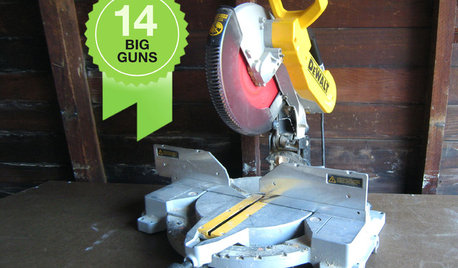
DIY PROJECTS14 Power Tools for the Home Shop
Want the thrill of building it yourself? These "big guns" help the handy homeowner tackle just about any job
Full Story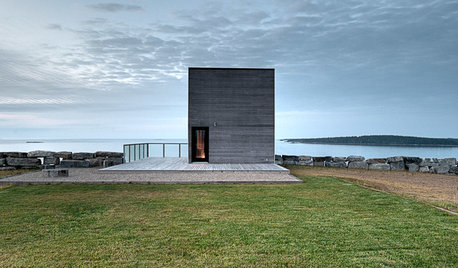
ARCHITECTUREAll the Possibilities: 4 Homes at the Edge of the Earth
Travel to the far reaches of land, where these residences straddle rocky cliffs, leafy lakeshores and choppy inlets
Full Story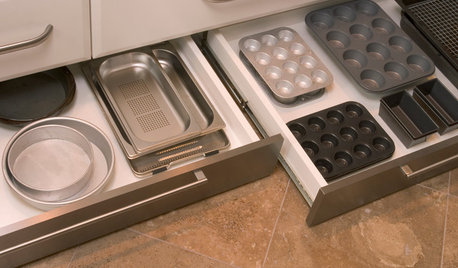
KITCHEN DESIGNThe Kitchen Storage Space That Hides at Floor Level
Cabinet toe kicks can cleverly house a bank of wide drawers — or be dressed up to add a flourish to your kitchen design
Full Story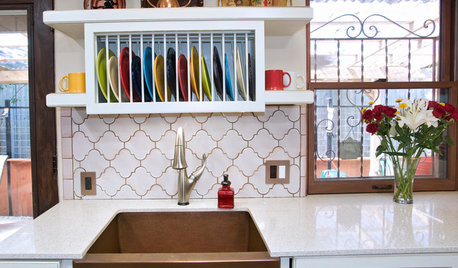
KITCHEN DESIGNDish-Drying Racks That Don’t Hog Counter Space
Cleverly concealed in cabinets or mounted in or above the sink, these racks cut kitchen cleanup time without creating clutter
Full Story
DECORATING GUIDES10 Ways to Hide That Air Conditioner
Feeling boxed in designing around your mini-split air conditioner? Try one of these clever disguises and distractions
Full Story
GREEN BUILDINGHouzz Tour: Going Completely Off the Grid in Nova Scotia
Powered by sunshine and built with salvaged materials, this Canadian home is an experiment for green building practices
Full Story
FARM YOUR YARDHow to Build a Raised Bed for Your Veggies and Plants
Whether you’re farming your parking strip or beautifying your backyard, a planting box you make yourself can come in mighty handy
Full Story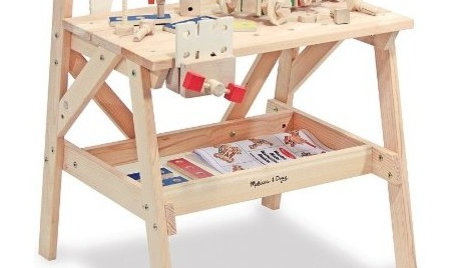
PRODUCT PICKSGuest Picks: Put Together a Posh Playroom
Create a fun and functional kids' space with well-designed storage, furniture and, of course, toys
Full StoryMore Discussions









bus_driver
Ron Natalie
Related Professionals
Delhi Electricians · Framingham Center Electricians · Bryn Mawr-Skyway General Contractors · Geneva General Contractors · Greensburg General Contractors · Greenville General Contractors · Harvey General Contractors · Lincoln General Contractors · Martinsville General Contractors · Plano General Contractors · Port Huron General Contractors · West Whittier-Los Nietos General Contractors · Los Angeles Solar Energy Systems · Allen Home Automation & Home Media · Atlanta Home Automation & Home Mediabrickeyee
Ron Natalie
BreakerOffOriginal Author
brickeyee
electricalkid
BreakerOffOriginal Author
Ron Natalie
BreakerOffOriginal Author